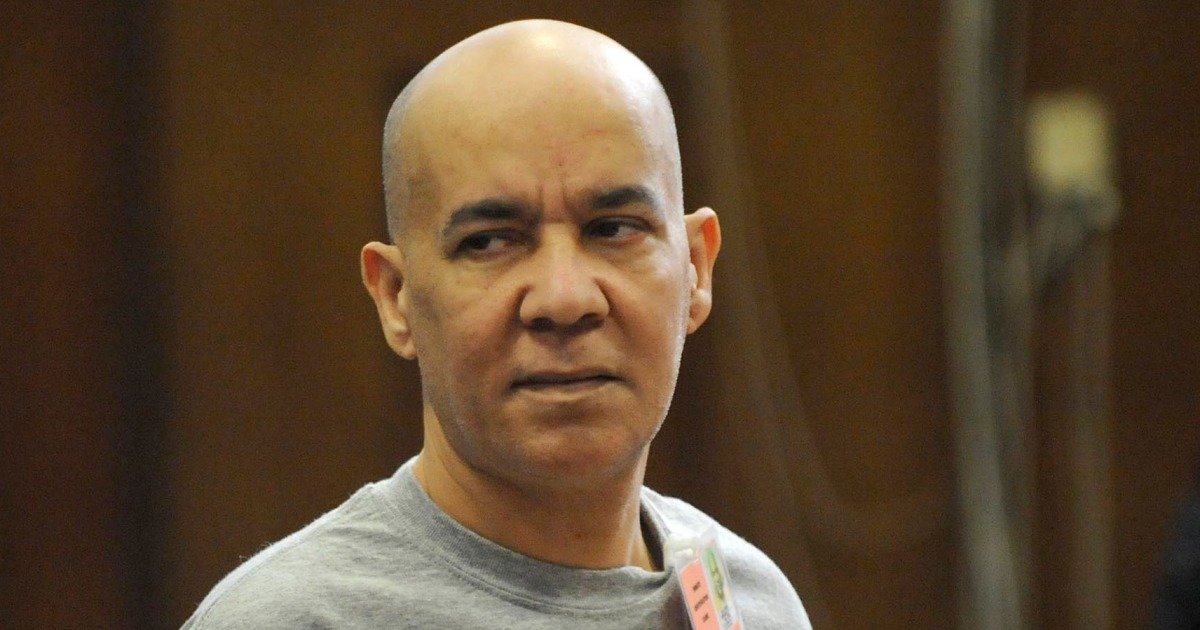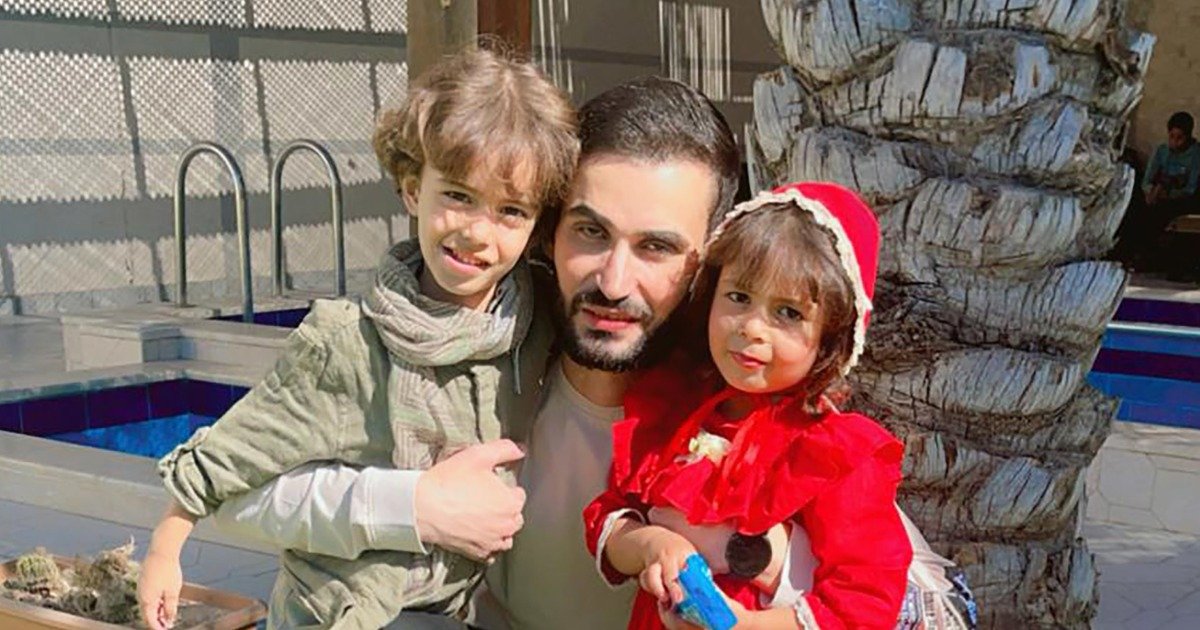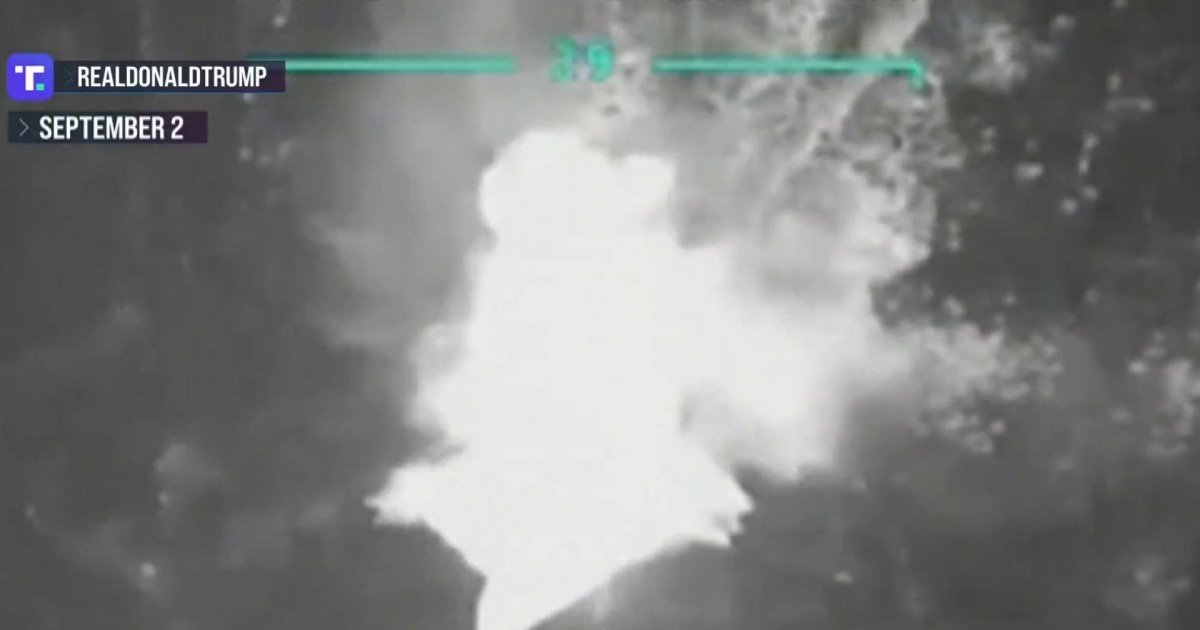The man convicted of kidnapping and killing 6-year-old Etan Patz in New York City in 1979 must be tried again in June or be released, a federal judge in New York ruled.
Pedro Hernandez, 64, was convicted in 2017 of kidnapping and murdering Etan and sentenced to 25 years to life in prison after admitting to luring the boy to the basement of a warehouse in the city’s SoHo neighborhood in 1979.
In July, a federal appeals court in New York overturned that conviction and ruled that Hernandez must receive a new trial or be released. That decision was made following a flawed instruction by the New York state judge presiding over his case in response to a jury note about his alleged confessions.
Judge Colleen McMahon of U.S. District Court in Manhattan said in a ruling Thursday that if jury selection does not begin by June 1, 2026, Hernandez must be released.
His filing noted that prosecutors want the Supreme Court to review the Second Circuit Court of Appeals decision.
“It is not my job to read the tea leaves and make predictions or estimates about when or how the Supreme Court will act on any petition for certiorari that may be filed,” McMahon wrote.
She admitted there are challenges for the prosecution as only one member of the original trial team remains in the Manhattan District Attorney’s Office, and the prosecution is trying to locate “dozens of long-dispersed witnesses who testified in the last trial about seven years ago.”
“The mandate – my marching orders – simply directs that I establish a final date on which any new trial must begin, and order the release of Hernandez if a new trial does not begin on that date,” McMahon said.
An attorney for Hernandez did not immediately respond to a request for comment Friday.
Hernandez’s lawyers had argued over the summer that the trial judge’s instructions were inadequate and tainted the verdict. Defense attorneys have also previously claimed that Hernandez is mentally ill and only confessed to the crime after being questioned for hours by police.
Etan disappeared on May 25, 1979, while walking to a bus stop just two blocks from his family’s Manhattan home, sparking a massive search throughout SoHo. He was declared dead in 2001 and his body was never found.
Police continued to search for the person responsible for Etan’s death and located Hernandez in New Jersey in 2012 after his brother-in-law called with a tip, according to the July warrant.
Hernandez later confessed to kidnapping and killing the boy, according to the warrant. He allegedly told police he lured the boy to the bodega with the promise of a soda and instead grabbed him by the neck and fatally strangled him. He said he then put the boy’s body in a “trash bag” before putting it in a box and leaving it with the trash around the corner, according to the warrant.
While Hernandez did not offer a motive in his confession, he denied that it was sexual, according to the warrant.
“Hernández, who has a documented history of mental illness and a low intelligence quotient (‘IQ’), initially confessed after approximately seven hours of involuntary interrogation by three police officers,” the July ruling says. “Immediately after Hernandez confessed, police administered Miranda warnings, began a video recording, and had Hernandez repeat his confession on tape. He did so again, several hours later, before an assistant district attorney (‘ADA’). At trial, the prosecution discussed and played these videos repeatedly.”
Hernandez’s first trial in 2015 ended with a hung jury. His second trial began in September 2016 and focused on the alleged confession.
During deliberations, the jury sent three notes to the judge regarding Hernandez’s confession, the third asking the court to “‘explain’ whether, if the jury determined that Hernandez’s non-Mirandized confession ‘was not voluntary,’ it ‘should ignore’ subsequent confessions, including videotaped confessions at the local Camden County Prosecutor’s Office (“CCPO”) and the Camden County District Attorney’s Office. Manhattan. (‘District Attorney’s Office’).
According to the July order, the judge gave no explanation and simply said “the answer is no.” The jury, after nine days of deliberation, ultimately convicted Hernandez of felony murder and first-degree kidnapping, and acquitted him of intentional murder, according to the order.
Etan’s disappearance spurred the movement to place photographs of missing children on milk cartons, making him one of the first faces to appear on the ship in an effort to enlist the public’s help in locating him.








